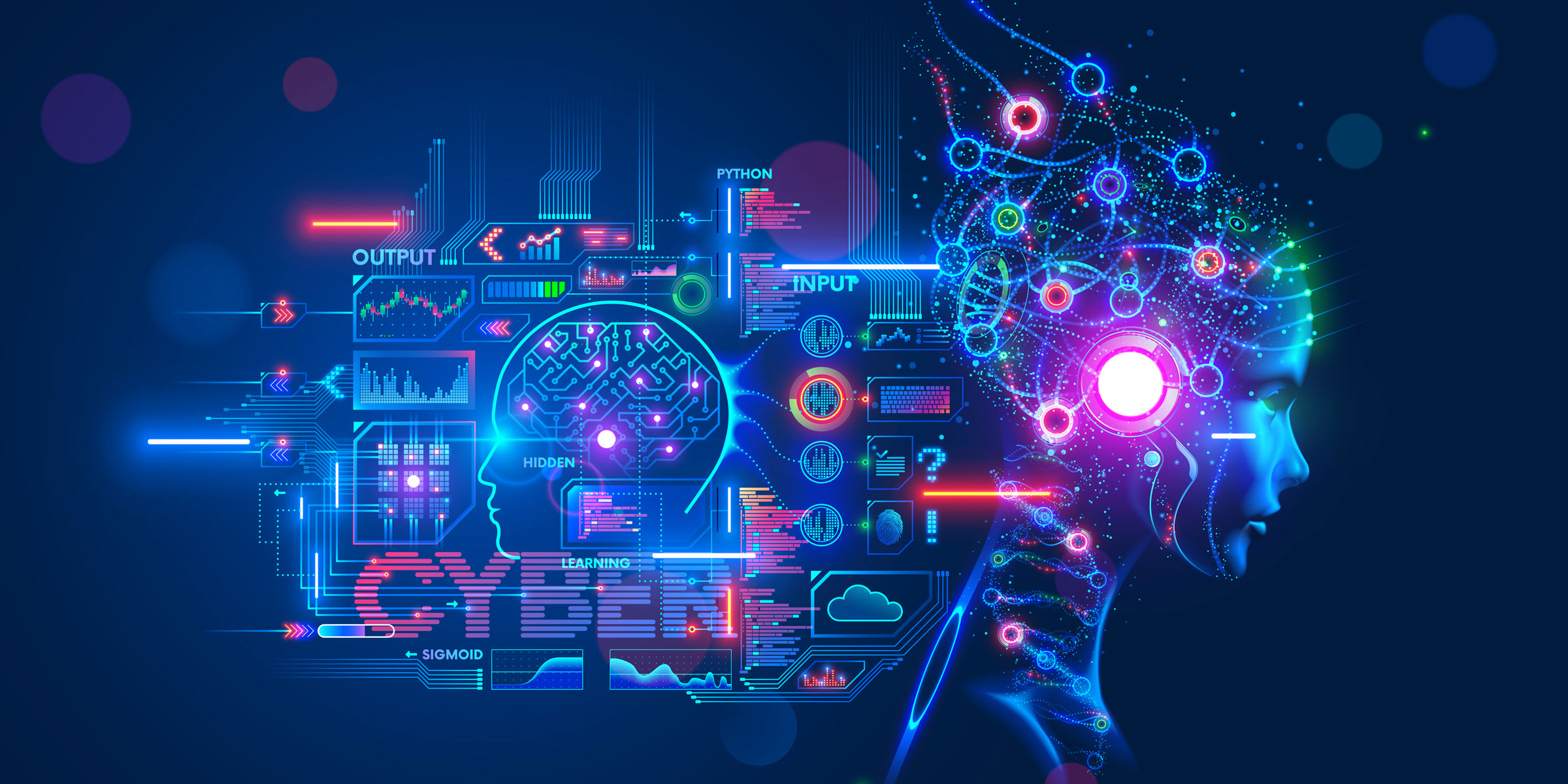Explore the cutting edge of innovation through the lens of artificial intelligence, groundbreaking gadgets, and emerging tech trends shaping our future.
In 2025, technology continues to move at a remarkable pace, transforming industries and redefining how people live and work. From the latest developments in artificial intelligence to futuristic gadgets and immersive experiences, tech is not just a part of life—it is at the center of it. Whether you’re a professional, a curious learner, or a tech enthusiast, staying updated with tech news has become more essential than ever.
Let’s dive into the most exciting and influential tech stories of the year so far.
1. Artificial Intelligence: More Intelligent, More Integrated
Artificial intelligence (AI) in 2025 is no longer limited to labs or niche applications. It is integrated into almost every device and platform we use. One of the most notable shifts is the emergence of multi-modal AI models—systems capable of interpreting and generating content across text, images, audio, and video.
These AI models are being used for:
- Virtual assistants that can summarize meetings and emails.
- Real-time video editing and content creation.
- Personalized learning platforms for students of all ages.
- Healthcare diagnostics and treatment recommendations.
The accessibility of AI tools has also increased, with no-code and low-code platforms allowing non-developers to create AI-powered applications. Meanwhile, ethical AI development and transparency have become core topics in corporate strategies and global regulation discussions.
As we continue to learn more about AI’s capabilities and implications, it’s clear that this technology will remain at the forefront of innovation.
2. Gadgets Redefined: Smarter, Sleeker, and More Capable
In the realm of gadgets, 2025 is the year of hyper-connectivity and multi-functionality. Devices are no longer just single-purpose tools—they are becoming intelligent companions tailored to individual needs.
Some standout trends in gadget development this year include:
- Smart Rings and Wearables: Beyond traditional smartwatches, rings and health-tracking bands are gaining popularity. These compact wearables can track blood pressure, sleep quality, hydration levels, and more—all while syncing with cloud health platforms.
- AR Glasses: Augmented reality has moved into everyday use, with lightweight AR glasses providing navigation, real-time translation, facial recognition, and productivity overlays.
- Foldable and Rollable Displays: Smartphones and tablets now offer rollable screens that extend or retract based on user need, combining portability with functionality.
- AI-integrated Cameras: Cameras can now automatically adjust lighting, remove background noise, and even generate scenes using built-in AI software—ideal for content creators and remote workers.
Consumers are not only buying devices for performance but also for how well they integrate with their digital lifestyle. From smart kitchens to automated fitness systems, gadgets in 2025 are smarter and more responsive than ever.
3. The Rise of Edge Computing and 5G+
While cloud computing remains essential, edge computing has gained significant momentum. Instead of relying solely on distant data centers, edge computing processes data closer to the source—reducing latency and increasing speed.
This technology is crucial for:
- Autonomous vehicles
- Smart factories
- Real-time gaming and AR/VR experiences
- Health monitoring systems in hospitals and homes
Combined with the global expansion of 5G+ networks, users are experiencing blazing-fast download speeds, real-time streaming, and seamless connectivity. These advancements are unlocking potential in everything from urban mobility to remote education.
4. The Next Frontier: AI-Powered Robots
Robotics and AI have merged in fascinating ways in 2025. Robots are no longer just for assembly lines—they’re helping with elderly care, warehouse operations, delivery services, and even hospitality.
Key developments include:
- Humanoid Robots that can assist with customer service or companionship for seniors.
- Delivery Drones and Robots that navigate complex urban environments to deliver goods.
- Autonomous Farming Machines that use AI to monitor crop health and optimize yields.
The intelligence of these machines allows them to adapt, learn from their environments, and operate with minimal human input. This is changing how businesses scale, particularly in logistics, retail, and healthcare.
5. Cybersecurity: Smart Protection for a Digital World
With greater tech advancement comes greater risk. In 2025, cybersecurity has become more proactive and AI-driven. Cyberattacks have evolved to target cloud infrastructure, personal data, and even smart devices. In response, tech companies are building smarter defenses.
Top innovations in cybersecurity include:
- Behavioral Monitoring Systems that detect anomalies in user activity and stop breaches before they occur.
- Biometric Authentication such as fingerprint, facial, and voice recognition, replacing traditional passwords.
- Zero-Trust Architecture, a model where no device or user is trusted by default, even if they’re inside the network.
For individuals and companies alike, cybersecurity is now a core part of their tech strategy. As digital footprints grow, so too must the sophistication of defense systems.
6. Sustainable Tech: Greener, Smarter Choices
In response to growing environmental concerns, 2025 has witnessed a surge in green technology. From carbon-neutral data centers to biodegradable electronics, the tech industry is investing in eco-friendly innovation.
Significant highlights include:
- Solar-Powered Devices that can charge themselves using ambient light.
- Smart Energy Grids powered by AI to optimize electricity distribution and reduce waste.
- Recyclable Hardware Components that reduce electronic waste and enable circular production models.
Sustainability is no longer an afterthought—it’s a key driver in how products are designed, marketed, and consumed.
7. Immersive Experiences: The Evolution of AR/VR
Augmented and virtual reality continue to redefine how we experience entertainment, education, and communication. In 2025, mixed reality has matured into a practical solution, not just a novelty.
New AR/VR applications include:
- Virtual Workspaces, where teams collaborate in shared 3D environments.
- Immersive Learning, allowing students to explore virtual science labs, historical reconstructions, or 3D design environments.
- Therapeutic VR, offering guided meditation, pain relief, or mental health support in virtual settings.
These experiences are becoming more accessible thanks to lightweight headsets, better connectivity, and user-friendly interfaces.
8. Personalized Technology: Tailored for Every User
One of the most important trends of 2025 is the rise of personalized technology. AI algorithms now curate content, services, and even interfaces to match each user’s behavior and preferences.
Examples include:
- Streaming Services that create custom playlists and viewing suggestions.
- Fitness Platforms that generate personalized workout plans based on real-time data.
- E-commerce Stores that dynamically adjust product displays based on user history.
This deep personalization enhances engagement, reduces friction, and creates a seamless experience across all platforms.
9. The Future of Mobility: Smarter Transportation
2025 is also seeing the transformation of how we move. Electric vehicles (EVs) and autonomous driving technologies have become mainstream. Smart traffic systems, connected vehicles, and AI-enhanced navigation tools are making transportation safer, cleaner, and more efficient.
Key shifts in mobility include:
- Widespread adoption of self-driving cars for both personal and commercial use.
- Electric scooters and bikes integrated with urban transport systems.
- AI traffic management to reduce congestion and travel times.
This mobility revolution is driven by a blend of environmental concern, innovation, and convenience.
Final Thoughts: Embracing the Future Today
The technology landscape in 2025 is vibrant, fast-paced, and full of opportunity. From artificial intelligence and smart gadgets to sustainable innovation and personalized experiences, the latest tech news reveals a world where progress is constant.
To truly thrive in this environment, individuals and businesses must stay curious and ready to learn more every day. Adapting to new tools, exploring emerging trends, and understanding the broader impact of technology are now essential parts of modern life.
Whether you’re an innovator, a consumer, or simply someone eager to stay ahead, embracing these changes ensures that you’re not just keeping up—but leading the way.

